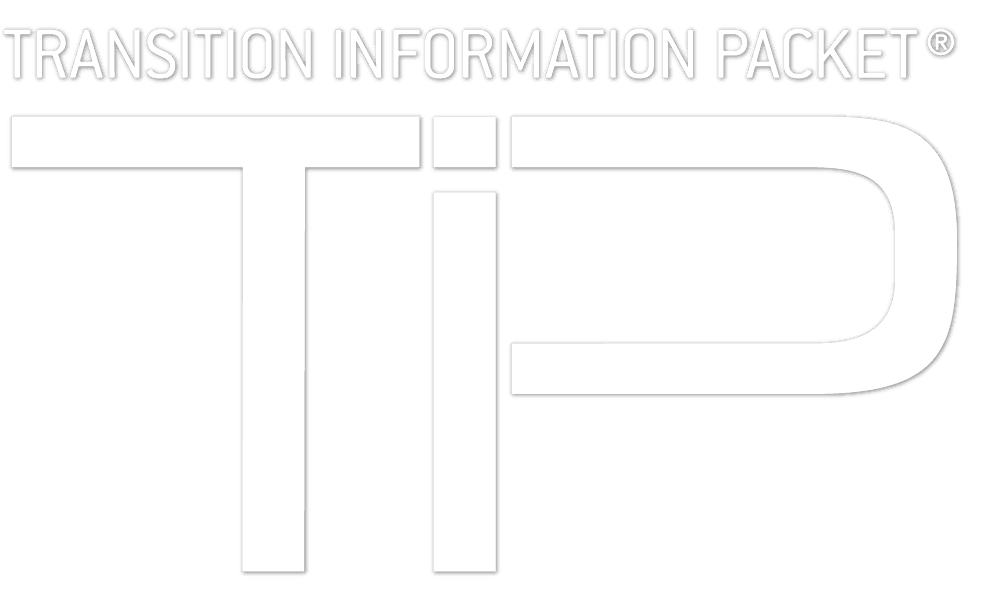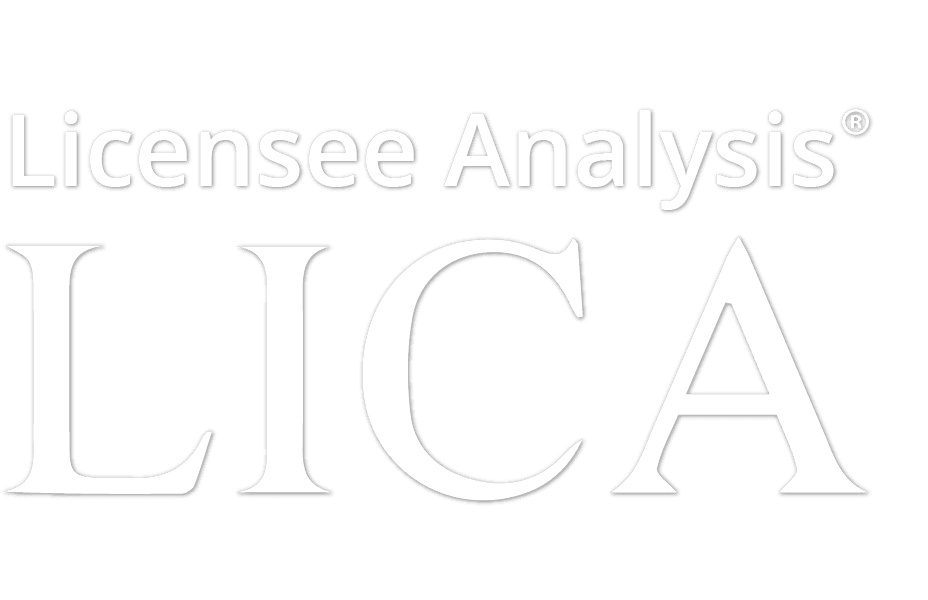Today, batteries are used to power a broad array of products ranging from everyday personal electronics and medical devices to commercial and military electric vehicles, unmanned systems, and aviation engines.
BCC Research reports that the global large-and-advanced battery market totaled nearly $23.7 billion in 2014 and is projected to approach $30.9 billion by 2019, registering a compound annual growth rate (CAGR) of 5.5% through 2019. The global market for lithium batteries totaled $5.9 billion in 2010. The market should reach $10.6 billion in 2015 and $13.3 billion in 2020, demonstrating a CAGR of 4.5% from 2015 to 2020. The global market for advanced battery and fuel cell materials reached $22.7 billion in 2016 and should reach $32.8 billion by 2022, growing at a CAGR of 7.6% from 2017 to 2022.
MarketsandMarkets reports that growth in the lithium-ion battery market is driven by the increase in demand for electric vehicles, strict government mandates on fuel economy, growing demand for smart devices and other consumer electronics, and development toward enhancement of lithium ion batteries. They go on to note that the lithium ion battery ecosystem covers the manufacturing of components, manufacturing and assembly of cells, module and pack manufacturing, system designing, and distribution. The key players involved in the development of lithium ion battery systems include BYD Co. Ltd. (China), LG Chem Ltd. (South Korea), Panasonic Corporation (Japan), Samsung SDI Co., Ltd. (South Korea), and BAK Group (China), among others, as well as associations such as the International Battery Association and Energy Storage Association.
In terms of the future of battery technology, Frost & Sullivan reports that the three main issues that post lithium ion batteries must address are specific energy density, safety and cost. They go on to note that, theoretically, post lithium ion batteries have at least double the specific density compared to lithium ion batteries, and in terms of safety, the post lithium ion battery should have better safety due to less reactivity of its elements. BCC Research explores the future of battery technology in its coverage of sodium-ion batteries, which have sodium-ion charge carriers, and have recently gained commercialization status. This market is expected to grow at a CAGR of 23.9% from $420 million in 2017 to $1.2 billion during the forecast period of 2017 to 2022. The sodium-ion battery market is segmented on the basis of technologies, including sodium-sulfur batteries, sodium-salt batteries, sodium-ion batteries and sodium-oxygen batteries.
The Department of Energy provides extensive information on battery technology applications and initiatives and the Air Force, Navy, and Army are all actively working in this space. In September 2017 the Army Research Laboratory (ARL) introduced a new hydrophobic polymer gel coating that makes lithium-ion batteries safer. Other recent advancements include faster charging, increased capacity, and more environmentally-friendly materials. Be on the lookout for upcoming ways to network and learn more about opportunities in battery technology. The Battery Show is coming up in September 2018, and additional events are listed here.
Posted on Feb 14, 2018 by Eliza Gough



